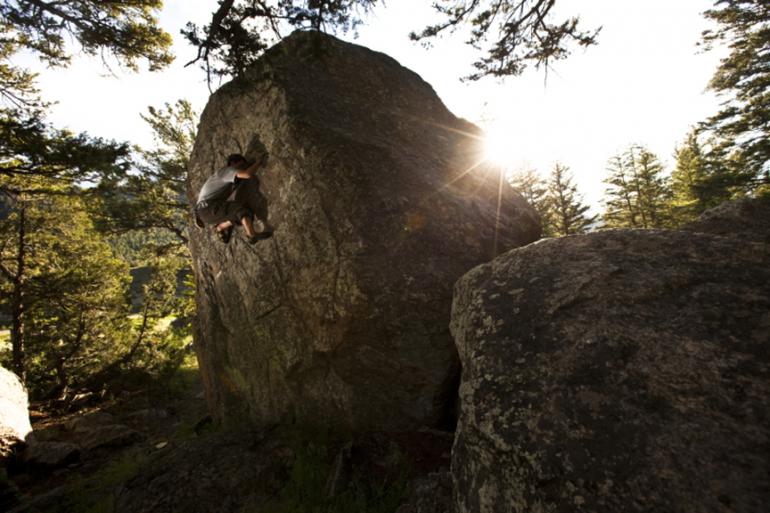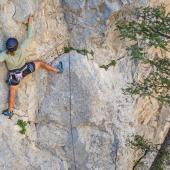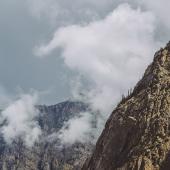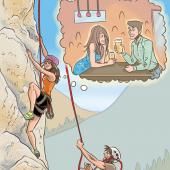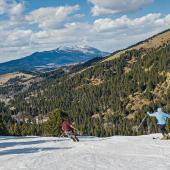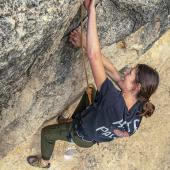Wanted: Big Rocks
Bouldering's search for hidden problems.
Bouldering is, at its core, a distillation of rock-climbing movement. Unlike sport and traditional climbers, boulderers move up stone without ropes, using cushy foam pads to protect falls. The climbs in bouldering are shorter and closer to the ground, rewarding power rather than endurance.
Bouldering climbs are called problems, rather than routes. Problems are solved by fitting your body to the rock’s natural features—a slight twist of the hips; a repositioning of fingertips; breaking through a mental barrier. Success demands studied focus on every move.
Following national trends, bouldering in southwest Montana is growing in popularity, but unlike most climbing areas in the U.S., many boulder problems in Montana are only recently being developed—a difficult and time-consuming process. Avid local boulderer Sander Pick says his bouldering development is “mostly big hikes that end in sunburn, sans boulders."
Pick and his friends search the mountains for rocks with solid composition and a line of promising holds. After the initial discovery, they return with buckets of water and stiff brushes. For hours—sometimes days—climbers scrub their new problems free of lichen, moss, and dirt, revealing the boulder’s unique potential. Despite the elusive nature of bouldering development, a handful of smaller areas have been established in the last few years.
Extra-motivated Bozeman climbers have recently developed more than 20 problems ranging in difficulty from V0 to V12—beginner to very difficult—in “18 Mile,” a boulder field located 18 miles south of Natural Bridge State Park. Cascade Creek is another new bouldering area, accessed from the Lava Lake trail in Gallatin Canyon. Just before the trail’s upper switchbacks, traverse down a steep slope, cross the creek, and discover over 100 problems on forest-shrouded boulders. Information on the approach and problems can’t be found in any guidebook, but the particulars are frequently updated at mountainproject.com.
Although Bozeman may not have the density of high-quality boulder problems found in world-class climbing destinations like California or Utah, there are still enough beautiful lines to keep pebble wrestlers busy—and more are discovered every season.

